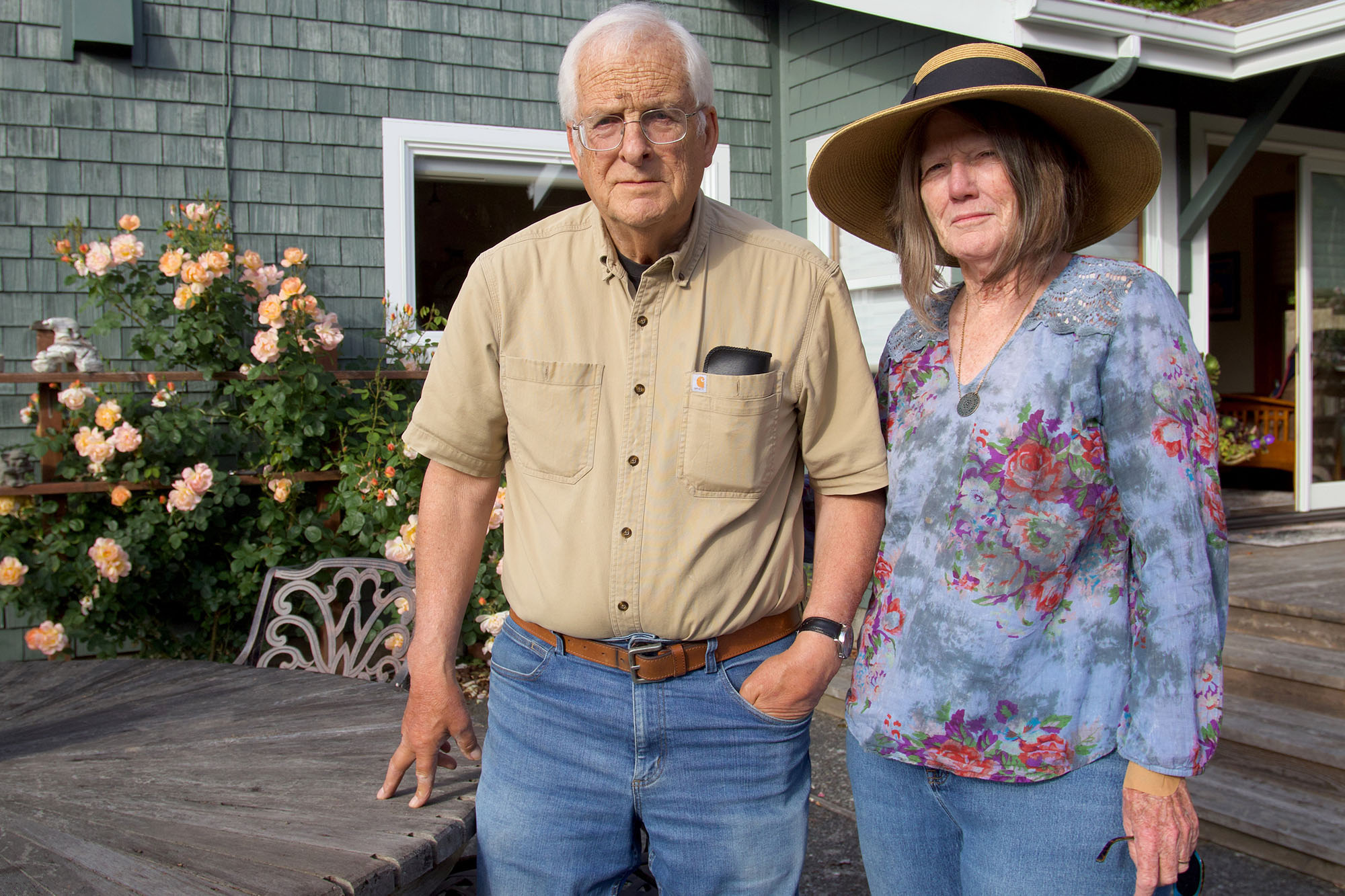This case study is part of the CIN series Stories from the Field: Social Needs Screening and Referral Models.1 Its resources include the tools La Maestra Community Health Centers used to take action across its systems.
San Diego’s La Maestra Community Health Centers (LMCHC) has been building on-site social services programs for its patients for decades. It recently began to standardize its model for assessing patients’ social needs. The organization recognized that having a standard, structured way to collect social needs data would allow it to better identify patients in need of social services, improve data tracking, and empower staff to make the appropriate social service referrals.
In 2017, LMCHC implemented the Protocol for Responding to and Assessing Patients’ Assets, Risks, and Experiences (PRAPARE), a screening tool developed by the National Association of Community Health Centers. When a patient screens positive for a social need, health center staff refer them to the appropriate community service through La Maestra Circle of Care services.
This case study examines lessons from LMCHC’s social needs work with a focus on implementation of the PRAPARE tool, development of a robust internal set of social service programs, and mechanisms for making referrals to both internal and external community programs.
Organization Overview
LMCHC is a Federally Qualified Health Center in San Diego County, California. It serves 47,866 patients with low incomes annually. Services are provided at four medical clinics, three school-based health centers, a mobile medical and dental unit, and nine dental suites.
| organizaton | la maestra community health centers (LMCHC) |
|---|---|
| Project | Standardize social needs screening and referral process including implementing the Protocol for Responding to and Assessing Patients’ Assets, Risks, and Experiences (PRAPARE) into the organization’s existing La Maestra Circle of Care service model |
| Implementation Status | – Screening: LMCHC began implementing the PRAPARE tool in 2017. – Referrals: LMCHC has been referring patients to internal and external social service programs for more than 20 years. |
| Tools and Methods Tested | PRAPARE template in NextGen, i2i Tracks, and QuickBase |
| Funding Source(s) | This work is funded through patient service revenue and a small grant that was obtained from Health Quality Partners. The majority of this project is self-funded by LMCHC through patient service revenue. |
The Circle of Care
Social justice has been the heart of LMCHC’s work since its inception in 1986. It was initially founded as an amnesty center to provide services to immigrants and refugees in San Diego, and it wasn’t until 1990, when the community requested medical assistance, that LMCHC’s first medical clinic was created.
LMCHC has developed a framework known as La Maestra Circle of Care to guide operations. Although health care is at the center, the Circle of Care extends to include non-medical, upstream, and social service needs. Under this model, LMCHC has become the base for several in-house social service programs. The health center has numerous social service staff on payroll (including an immigration attorney and CalFresh enrollment counselors) and contracts with other community-based organizations as needed to provide services on-site. The health center currently hosts the following social service programs:
- Transitional housing
- Food pantry
- Health education
- Legal advocacy services
- Microcredit and microenterprises
- Job training services
- After-school and summer programs
- Application assistance and enrollment
- Transportation
Social Needs Screening and Referrals Workflow

LMCHC began implementing the PRAPARE tool in 2017 — it is a national social needs measure set created specifically for community health centers. It consists of 16 core measures (many of which align with measures in the Uniform Data System) and four optional measures. The tool was developed through a collaborative multi-year effort between the National Association of Community Health Centers (NACHC), the Association of Asian Pacific Community Health Organizations, the Oregon Primary Care Association, and the Institute for Alternative Futures. According to NACHC’s website, the PRAPARE tool “was informed by research, the experience of existing social risk assessments, and stakeholder engagement,” and it aligns with national initiatives prioritizing social determinants.
When a patient registers for their appointment at the welcome desk, they receive a number of forms to complete, including the PRAPARE tool. In most instances, the patient completes a hard copy of the PRAPARE tool and staff later enter this data into the electronic health record (EHR). However, LMCHC is currently piloting electronic dissemination of the PRAPARE tool via tablets in its substance use disorder department. The organization’s aim is to distribute this tool across departments if it proves effective. Before rooming, the patient has the opportunity to speak with a case manager (serving as a “patient concierge”) to discuss any questions they have about the PRAPARE tool.
During the medical appointment, the provider reviews the PRAPARE responses and determines whether a social service referral is needed and, if so, notifies the referral department. Case managers from the referral department then respond to the patient (either in-person or by telephone) and ensure the appropriate referral is made.
The health center is working to proactively screen all patients at least once a year. The PRAPARE screening, along with other patient registration forms, takes about 20 minutes to complete at registration.
“Originally the provider was the only one identifying social needs. Now we have empowered ancillary staff to help and work with the patient directly, whether by screening the patient or giving them information about community services.”
—Quality improvement manager
Key Staff
Case managers play an important role in Circle of Care services. They are typically certified medical assistants (MAs), and in addition to their MA role, they ensure that patients’ non-medical needs are being met.
When a patient screens positive for a social need, LMCHC’s case managers provide a warm hand-off to the appropriate program in their building (when one exists to fit the need). For other needs, the health center has developed strategic relationships with community-based organizations that offer services unavailable at clinic sites. LMCHC uses a patient referral process tailored to each community-based organization. Patients may be referred by phone call, email, or fax, depending on the community-based organization’s preference and capabilities.
Leveraging Technology to Facilitate Social Needs Screening and Referrals
LMCHC implements PRAPARE in its EHR using the NextGen PRAPARE template. This template maximizes shared fields within the database so users can avoid double data entry. For example, if the PRAPARE tool and a separate patient demographic survey both ask questions about ethnicity, there will only be one (shared) data field for ethnicity in the EHR. The template also offers workgroup access controls so users can limit PRAPARE viewing to specific workgroups, if needed.
LMCHC electronically tracks the status of internal social service referrals using NextGen. It has implemented a smart drop-down menu in the EHR that supports staff in quickly referring patients to on-site social services. Case managers and referrals staff review the referrals made on a weekly basis and work diligently to close the loop on all open referrals. Staff make sure that clients made it to the appropriate internal program by tracking the referrals in their queue and calling departments to follow up.
When a patient requires services beyond the scope of LMCHC’s partner referral network, case managers review a local community resource directory developed by 2-1-1 San Diego to identify appropriate patient resources. The resource directory includes contact information for each social service program listed, making it easy for case managers to call and coordinate a referral. In the future, LMCHC hopes to further participate in 2-1-1 San Diego’s Community Information Exchange (CIE), a cloud-based interactive database that allows users to electronically facilitate web-based referrals and share patient records. Case managers currently phone the referral organizations or patients up to three times to ensure that the patient completes the referral. By participating in the CIE, LMCHC will be able to electronically track referral status instead of calling the referral organization (or patient) to follow up.
Although LMCHC has a robust social needs assessment and referrals program, it is unable to bill for many of the services provided. It is up to its chief development officer to fundraise, identify new grants, and effectively braid funding streams together to support this work. Long-term and sustainable funding is an ongoing challenge that the organization hopes will be addressed by future value-based payment models.
Results and Next Steps

Through a survey conducted as part of its 2017 PRAPARE pilot, LMCHC was surprised to discover that nearly 60% of patients were unaware of the social services available on-site. The health center’s main priorities moving forward now include:
- Developing and implementing a marketing campaign to ensure patients are aware of in-house social services
- Analyzing social needs data to inform the development of strategic community partnerships
- Working with 2-1-1 San Diego to participate in the CIE and begin electronically referring patients to external organizations
LMCHC’s Top Two Lessons for Social Needs Screening and Referrals
For those preparing to undertake a new social needs screening and referral project, the LMCHC team shares the following lessons:
- Sustainable funding: Although the movement toward value-based care suggests that efforts to identify and serve unmet social needs may be reimbursable in the future, social needs screenings and community referrals are not supported by most current reimbursement models. Thus, it is imperative that organizations identify alternative funding streams to support their social needs screening and referral programs. LMCHC currently funds this work through patient service revenue and grants.
- Data collection and advocacy: In order to effectively advocate for payment models that provide reimbursement for social needs screening and referrals, health care organizations need data. Having access to standardized data not only informs the development of internal social service programs, but can inform larger advocacy efforts.
Notes
- La Maestra Community Health Centers conducted this work on its own and without any funding or support from CIN or CHCF. ↩︎





